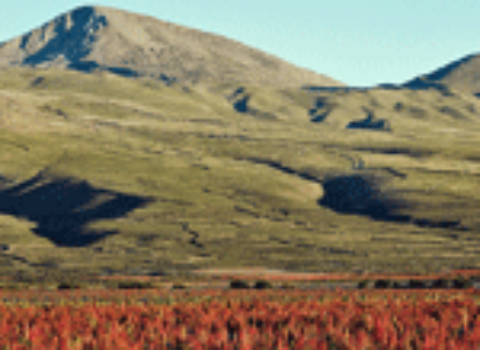At the sixty-sixth session of the United Nations, the General Assembly named 2013 the International Year of Quinoa. When I tell people that, they often laugh — most Americans know quinoa as the latest in a string of superfoods that cycle through the shelves and bulk bins of their local high-end grocery. But this grainlike seed is not another blue-green algae or pomegranate juice. Indeed, in the context of a looming global crisis, the darling of the Whole Foods set may be a godsend.
As the earth’s population approaches 9 billion, the Malthusian prediction that humans will outgrow our ability to…



